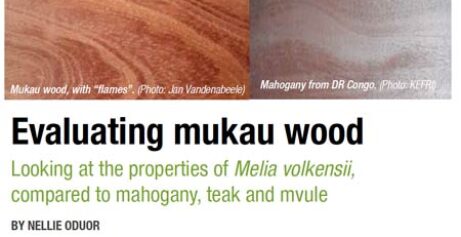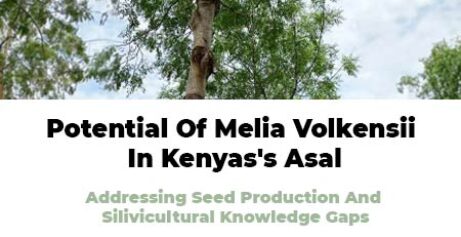Tree Species
Our Tree Species
Source: Better Globe Forestry
Melia volkensii (mukau)
Melia volkensii belongs to the Meliaceae or mahogany family, primarily found in tropical regions of Central America, West Africa, and Central Africa, with a few exceptions. Traditional mahogany species like Swietenia, Entandrophragma, and Cedrela naturally occur in rainforests, while Khaya anthotheca and K. senegalensis can tolerate drier conditions.
Among the mahogany species, Melia volkensii thrives in the driest settings. It is indeed a true mahogany, as confirmed by wood technologists from the Kenya Forestry Research Institute (KEFRI) through analysis (refer to the two tables below).
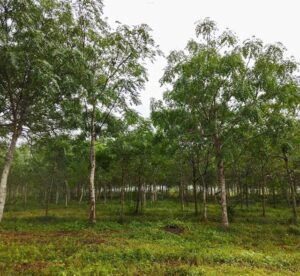
Some physical properties of mukau (Melia volkensii), mahogany (Khaya spp), and teak (Tectona grandis):
| Property | Melia | Mahogany | Teak |
|---|---|---|---|
| Average density (kg/m3)-[air dry] | 620 (Moderately heavy) | 685 (Moderately heavy) | 650 (Moderately heavy) |
| Heartwood and sapwood colour | Pale brown sapwood to Pale red heartwood | Pale brown sapwood to Pinkish brown to deep red heartwood | Light golden with dark markings |
| Texture and grain | Coarse textured with straight grains | Coarse textured with straight or interlocked grains | Uneven coarse textured with straight grains |
Some mechanical properties of mukau (Melia volkensii), mahogany (Khaya spp) and teak (Tectona grandis).
| Property | Melia | Mahogany | Teak |
|---|---|---|---|
| Bending strength (MOR) [N/mm2] | 74-96 | 50-110 | 81-196 |
| Bending stiffness (MOE) [KN/mm2] | 5.8-9.2 | 7.8-10.3 | 7.6-17.5 |
| Crushing strength [N/mm2] | 42-56 | 24-53 | 34-70 |
| Shear strength (parallel to grain) [N/mm2] | 14-18 | 8-14 | 5-16 |
| Hardness [N/mm2] | 3.5-5.1 | 3.4-5.7 | 3.8-4.8 |
Interestingly, this species is exceptional in its ability to grow rapidly and produce high-value timber in relatively dry areas with a mean annual rainfall of 350-900mm. Indigenous to East Africa, it is predominantly found in Kenya, particularly in semi-arid and warm regions. It can tolerate various soil types but prefers sandy soils. Locally, it is known as mukau and is highly valued by farmers in Kenya’s drylands of the former Eastern Province.
Recognizing its quality timber, fast growth, and adaptability to dry environments, KEFRI and the Japan International Cooperation Agency (JICA) have conducted a breeding program for M. volkensii for nearly 20 years. This effort has led to the establishment of provenance and progeny trials since 2015, which also serve as seed orchards where KEFRI harvests seeds for sale.
Our partner Better Globe Forestry aims for a maximum rotation period of 20 years, although this may vary depending on rainfall levels and agroforestry setups.
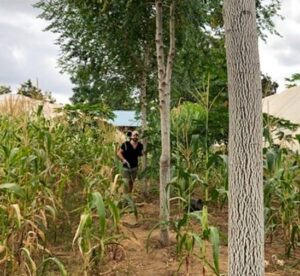
Melia volkensii Gallery
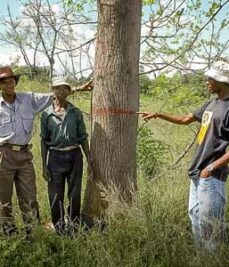
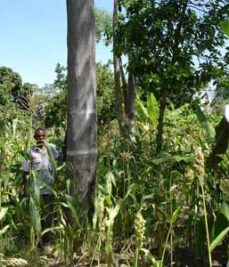
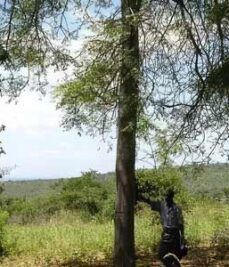
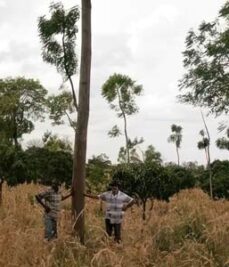
Melia azedarach (giant lira)
Melia azedarach, botanically related to Melia volkensii, is less drought-resistant and requires more rainfall. It is also considered a mahogany-type tree capable of producing valuable timber, as confirmed by preliminary timber analysis conducted by KEFRI’s wood technology scientists. This species is widespread in tropical and subtropical regions but originates from Southeast Asia and northern Australia.
Our co-operation partner Better Globe Forestry (BGF) collaborates with farmers in northern Uganda to plant Melia azedarach, where higher rainfall allows the species to mature in 12 to 15 years. Locally, it is known as the giant lira and is well-known among farmers. Silvicultural management practices, such as spacing and pruning, are similar to those applied to M. volkensii, but seedling production is less complicated.
Melia azedarach Gallery
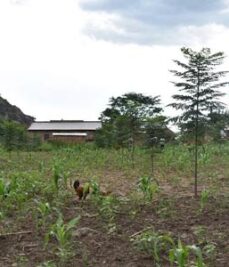
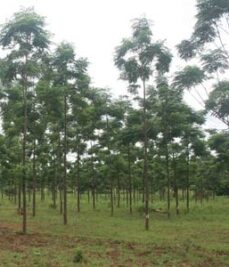
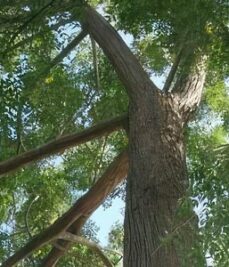
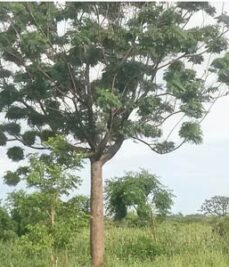
Unlock multiple revenue streams, giving farmers
time to allow the tree to reach maturity and helping to
meet Kenya’s growing demand for timber. Read more- pdf opens in a new window->

